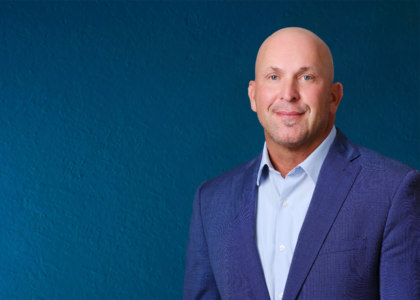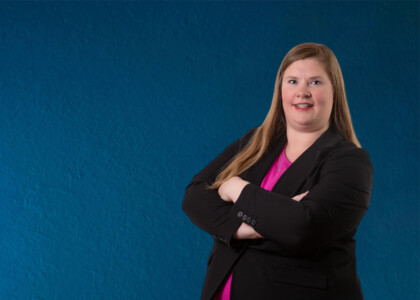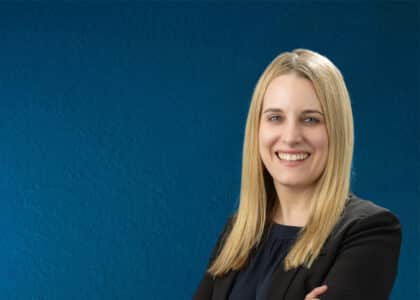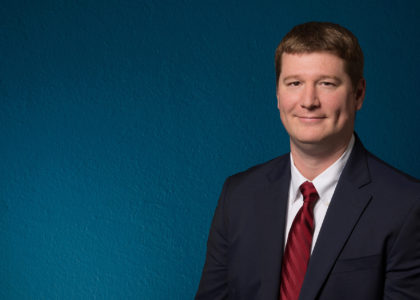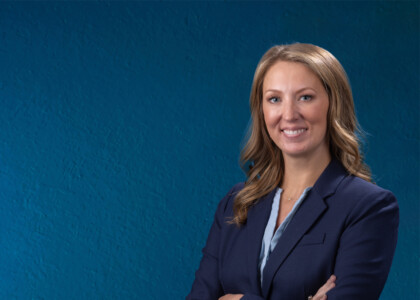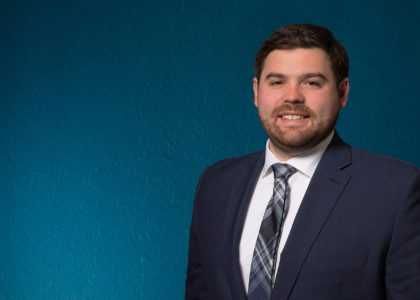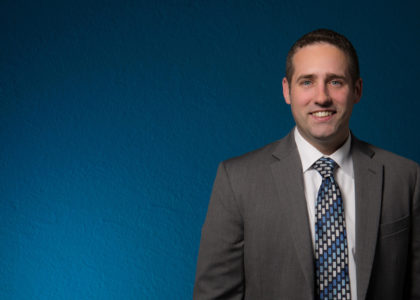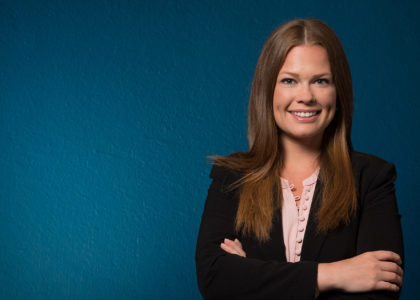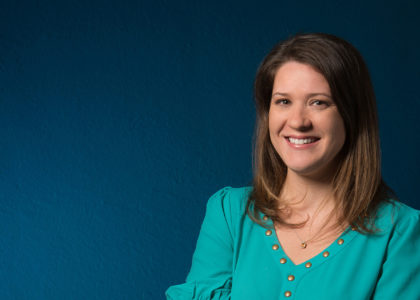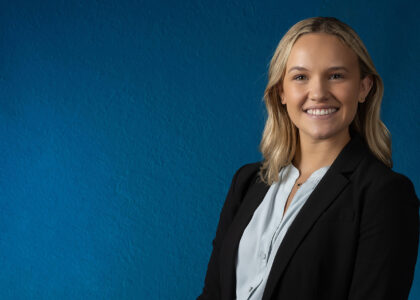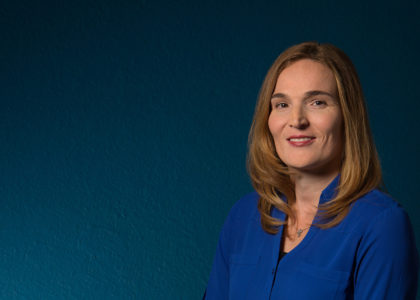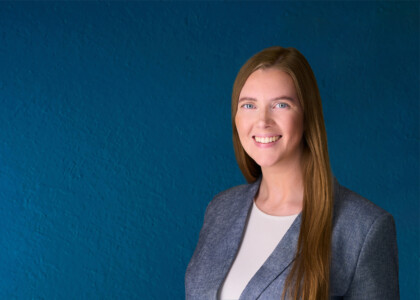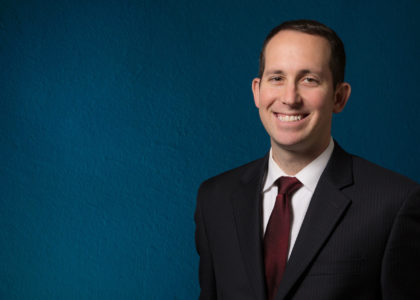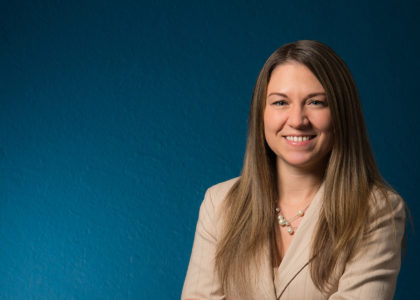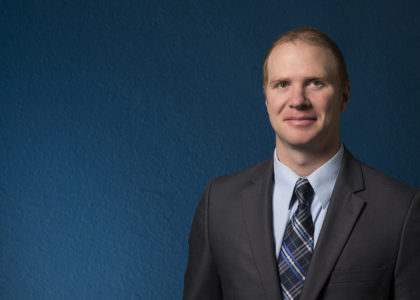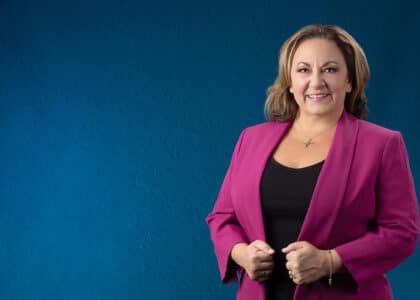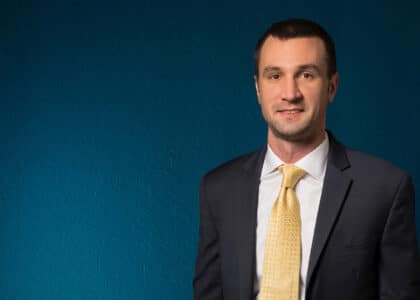A critical deadline is approaching for many businesses that have received loans under the Paycheck Protection Program (PPP). If a borrower does not apply for forgiveness within ten months after the last day of the “covered period,” its PPP loan payments will no longer be deferred and it must begin making payments to its lender. While it still may be possible to receive full or partial forgiveness after that date, borrowers should try to obtain forgiveness soon to avoid more complexity and potential cash flow problems.
PPP basics
PPP loans generally are 100% forgivable if the borrower uses at least 60% of the funds for qualified payroll expenses and any remaining amount for eligible nonpayroll costs. Nonpayroll costs initially included rent and utilities (among less common expenses), but the Consolidated Appropriations Act (CAA), enacted in late 2020, significantly expanded eligible nonpayroll costs to include certain operating expenses and worker protection expenses.
The CAA also withdrew the original requirement that borrowers deduct the amount of any Small Business Administration (SBA) Economic Injury Disaster Loan (EIDL) advance from their PPP forgiveness amount and clarifies that a borrower does not need to include any forgiven amounts in its gross income and can deduct otherwise deductible expenses paid from forgiven PPP proceeds.
Related Read: Businesses Provided a Lifeline: CAA Enhances PPP Loans and Extends Employee Retention Credit
Forgiveness filings
PPP borrowers can apply for forgiveness at any time before their loans’ maturity date (loans made before June 5, 2020, generally have a two-year maturity, while loans made on or after that date have a five-year maturity). But, if a borrower does not apply for forgiveness within ten months after the last day of the “covered period” — the eight-to-24 weeks following disbursement during which the funds must be used — its PPP loan payments will no longer be deferred and it must begin making payments to its lender.
That ten-month period is coming to an end for many “first-draw” borrowers. For example, a business that applied early in the program might have a covered period that ended on October 30, 2020. It would need to apply for forgiveness by August 30, 2021, to avoid loan repayment responsibilities.
Borrowers apply for forgiveness by filing forms with their lenders, who will then submit the forms to the SBA. The specific type of form needed to be filed is dependent on the amount of the loan, whether the business reduced pay rates or the number of employees and other factors.
If the SBA does not forgive a loan or forgives only part of it, the lender will notify the borrower when the first payment is due. Interest accrues during the time from disbursement of the loan proceeds to SBA remittance to the lender of the forgiven amount, and the borrower must pay the accrued interest on any amount not forgiven.
Audit action
Borrowers should also be aware of the possibility that they will be audited by the SBA’s Office of Inspector General, with support from the IRS and other federal agencies. The SBA will automatically audit every loan that is more than $2 million after the borrower applies for forgiveness, but smaller loans may be subject to scrutiny as well.
Although the SBA has established an audit safe harbor for loans of $2 million or less, that carveout applies only to the examination of the borrower’s good faith certification on the loan application that the “current economic uncertainty makes the loan request necessary to support the ongoing operations” of the business. The SBA also recently notified lenders that it is eliminating the requirement that the Loan Necessity Questionnaire be completed for loans of more than $2 million.
All borrowers, however, still might be audited on matters such as eligibility (for example, the number of employees), calculation of the loan amount, how the funds were used and entitlement to forgiveness. Borrowers that receive adverse audit findings may be required to repay their loans and, depending on the missteps uncovered, could face civil penalties and prosecution under the federal False Claims Act.
Businesses that received loans of more than $2 million should not wait to prepare for their audits. They can begin to work with their CPAs now to gather and organize the documents and information that auditors are likely to request, including:
- Financial statements;
- Income and employment tax returns;
- Payroll records for all pay periods within the applicable covered period;
- Calculation of full-time equivalent employees;
- Bank and other records related to how the funds were used (for example, canceled checks, utility bills, leases and mortgage statements); and
- Interaction of expense used for PPP forgiveness with those used for Employee Retention Credits and other government programs.
Note that some of this documentation will overlap with that required when filing the application for loan forgiveness.
Now is the time to ensure that you file your forgiveness application in a timely manner and have the necessary documentation gathered to survive the SBA audit that may follow. Contact us for assistance.
If you have questions or concerns regarding this Client Alert, please contact Frank Washelesky at [email protected] or your ORBA advisor.
Related Services
Related Industries
Dental
Health Care
Law Firms and Lawyers
Manufacturing and Distribution
Not-For-Profit
Real Estate
Restaurant




